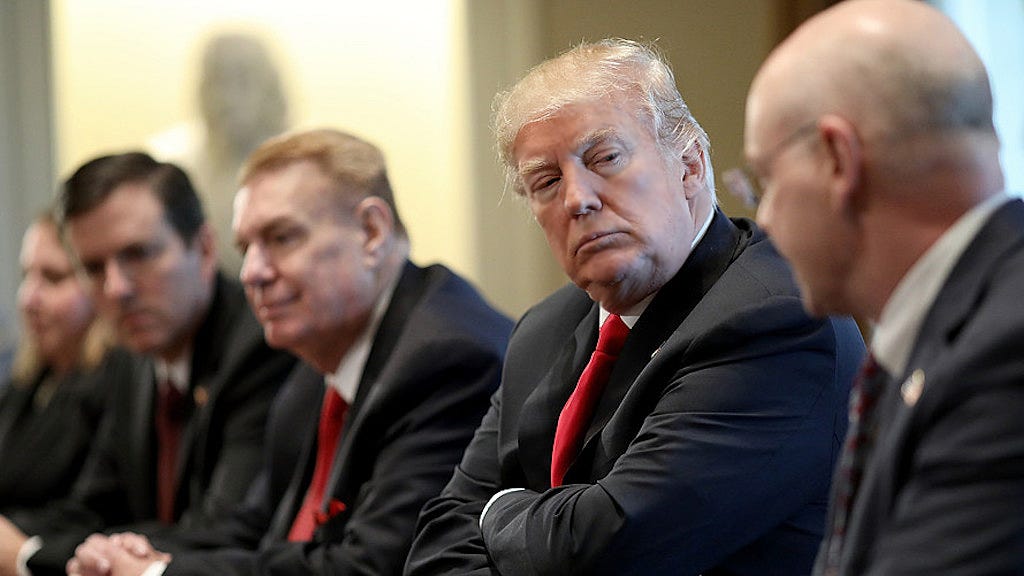Trade War and the Correlation of Forces
The United States currently runs a large trade deficit. That actually makes the U.S. the stronger party in a potential trade war, and thus more likely to get what it wants.
Using a model for analyzing military conflicts, we weigh the cost of a trade war to the U.S. and to its trading partners.
by George Friedman
March 6, 2018
During the 1970s, the Soviets developed a model for analyzing military conflict through measuring the correlation of forces. This measured the military force each side would bring to bear in an engagement, from nuclear war to small unit combat. It did not address the question of whether the battle or war was wise, whether victory was worth the price, or the long-term consequences. It focused on a single, partial, yet indispensable question: Who would win? This is a question that should be applied to the current debate over steel and aluminum tariffs: Who would win a trade war? It would not answer the question of the wisdom of the war, or the cost. It would simply measure the likely winner, however damaged that party might be by the war.
The first question to be asked is simple, as all first questions should be: How important is trade, …


